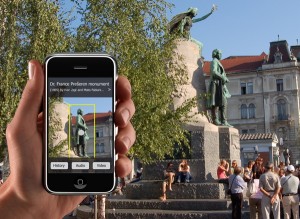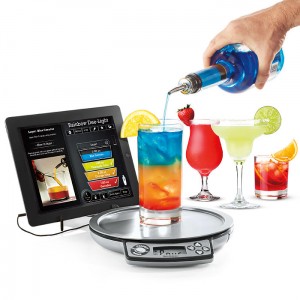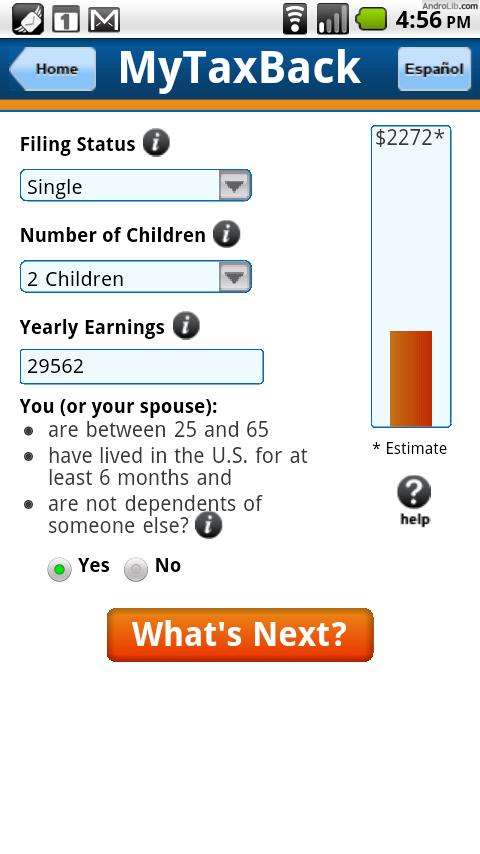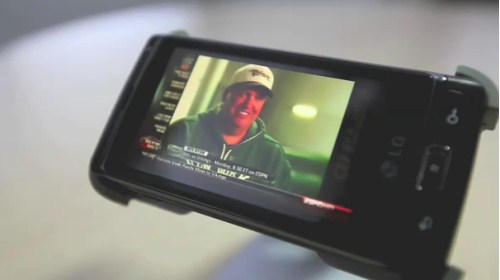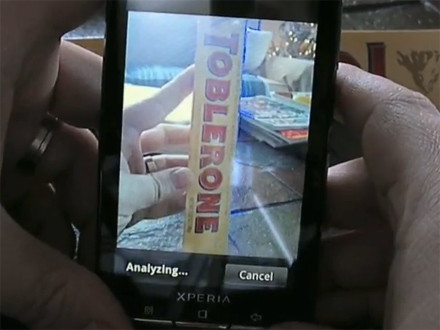 Qualcomm holds an annual innovation contest to harvest new business ideas from its offices and labs around the world.
Qualcomm holds an annual innovation contest to harvest new business ideas from its offices and labs around the world.
My team came up with a winning business plan and was able to start a new research initiative in image-recognition-based search using mobile phones. I pitched in by writing part of the business plan, the BREW and Windows Mobile client demo applications and the project web site. The demo could identify thousands of beer, wine and DVD labels.
While the idea did not fit well in the company’s business model, developing the technology to make Qualcomm chipsets excel when used for image recognition was identified as an important objective.
The concept has actually hit the market via Google with their Goggles product seen below as predicted in our competitive analysis. Taking a picture of labels,text, bar codes, and one day even faces leads to the search that the app thinks you are likely to want.
Combined with GPS, previous behavior, time of day and other inputs, the search intelligence of mobile apps will continue to grow.
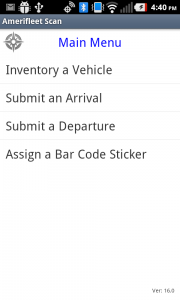 Amerifleet moves vehicles across the U.S. They needed a way to use Android devices to track the vehicles in its system as they were received, transported and maintained. Rather than using expensive single-purpose scanners, they decided to create an Android app and allow employees to load it on their personal phones.
Amerifleet moves vehicles across the U.S. They needed a way to use Android devices to track the vehicles in its system as they were received, transported and maintained. Rather than using expensive single-purpose scanners, they decided to create an Android app and allow employees to load it on their personal phones.
